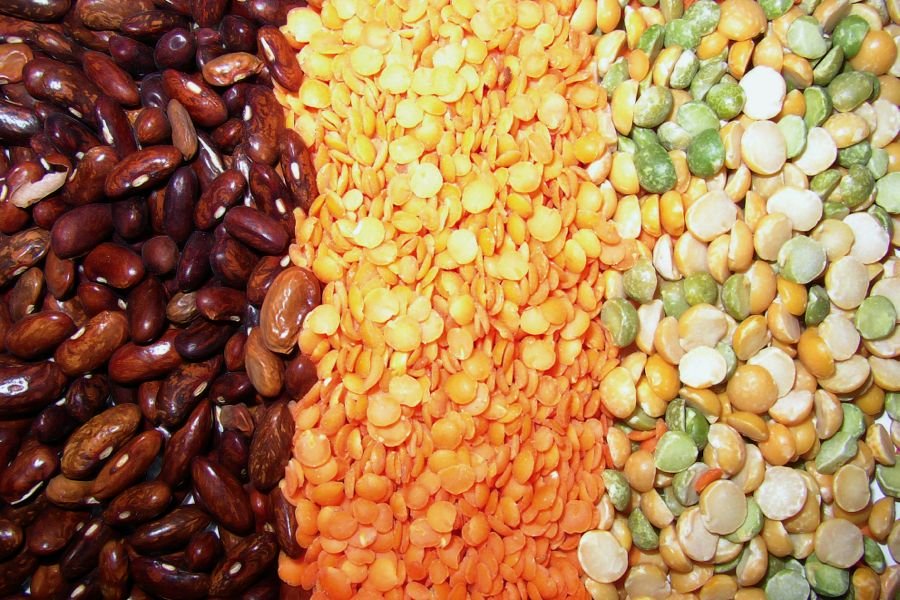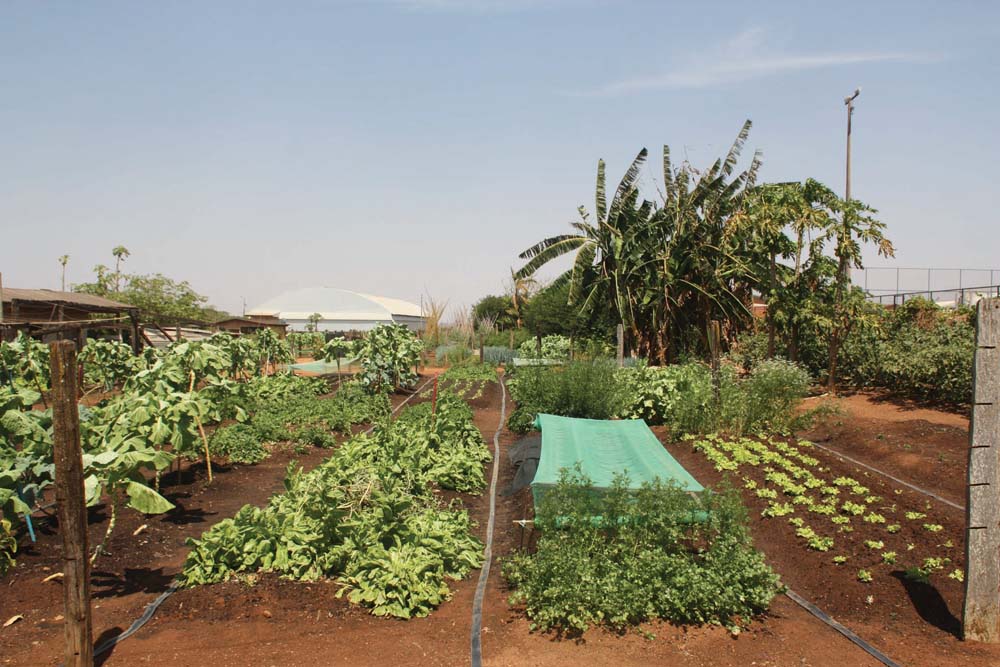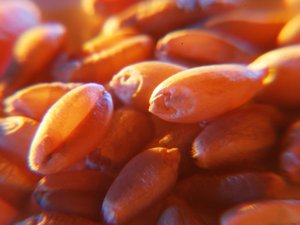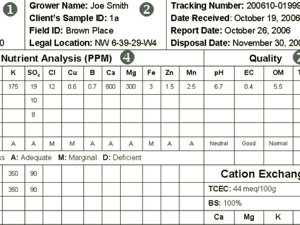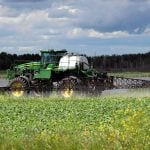Top recommendations from Prairie experts

Whether you’ve been farming five years or 50, specialists from across the Prairie provinces offer up their best tips for you to manage disease in your pulse and soybean crops.
1. Rotate, rotate, rotate, then rotate some more

Crop rotation is one of the most effective disease mitigation strategies available. For effective disease management, producers should plant pulses and soybeans into the same field a maximum of one in four years. Rotation works: aphanomyces root rot and ascochyta can be largely managed through rotation, for example.
2. Invest and test to ensure you’re planting the best quality seed possible

In addition to testing for germination and size, test your seed for seed-borne pathogens that can be introduced into your field. Both fusarium and ascochyta can be introduced via contaminated seed.
“Your seed going into the soil is the only thing you can control at this point. You want to make sure you’re putting in good-quality seed,” says Sherrilyn Phelps, agronomy manager with the Saskatchewan Pulse Growers.
Recommendations differ for each crop type, so make no assumptions.
“If you have chickpeas with any ascochyta levels on the seed, you’re better to get another seed lot. But with peas it’s different: you can have up to 10 per cent ascochyta on your seed and as long as you use a seed treatment, you’ll be okay,” says Phelps.
3. Be smart about prescriptive seed treatments

While seed treatments should not be used as an annual default, they can prove an effective, proactive and cost-effective option in specific cases.
Cassandra Tkachuk, a production specialist with Manitoba Pulse and Soybean Growers, recommends producers carefully assess each and every year whether a seed treatment will offer value. “We’re moving towards a more prescriptive use of seed treatments; moving beyond insurance application, which is a good thing,” she says.
Be aware of seed treatments’ limitations. Though there is a treatment registered for aphanomyces, for example, it only offers about 21 days of efficacy. Given this disease is one that occurs later in the season, it’s much better to opt for cultural rather than chemical control.
4. Choose disease-resistant varieties where available

Powdery mildew, for example, can cause yield losses of 60 per cent or more. However, the disease is now rarely an issue for Canadian field pea producers because most popular, commonly grown varieties are resistant.
While resistance is an important safety net, never rely solely and continuously on genetics without backing those genetics up with good management as well.
5. Seed early and seed well
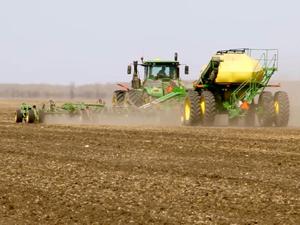
A seed planted at the proper depth and time will have the best chance of emerging ahead of disease. And, adds Phelps: “Don’t forget to handle fragile pulse seed very gently.”
6. Know what’s in your fields

This means scout early and often. Early detection and correct disease identification are key, since you cannot treat what you don’t know is there.
“If you do have a concern about aphanomyces, please send a soil sample away for a test, so you know and can make good decisions about cultural controls,” says Nevin Rosaasen, Alberta Pulse Growers’ policy and programs specialist.
7. Treat proactively

“The most critical thing is getting fungicide on before the disease gets away. For a disease like ascochyta, once it’s there, you’re already behind and you’re going to have a very hard time catching up,” says Phelps.
“Once foliar diseases start causing symptoms in a crop, it is often too late for management. As such, all management must be done based on risk and best control is achieved by protecting healthy tissue prior to infection. Continuous summer rains and/or humid conditions can lead to disaster if these diseases are not monitored and managed.”
Where to find help
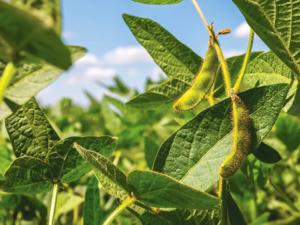
Help in deciding whether or not to spray is available for several diseases online. (Manitoba Pulse and Soybean Growers has a sclerotinia risk assessor for dry beans, for example, and Saskatchewan Pulse Growers has something similar for ascochyta blight and anthracnose in lentils).



